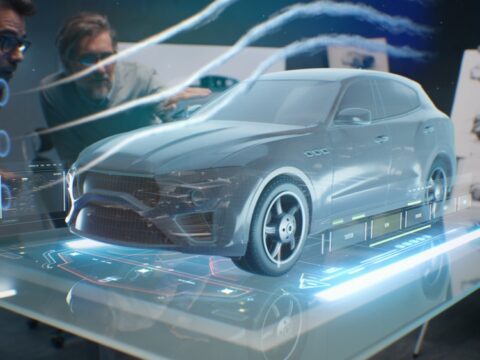Electric cars have become increasingly popular, but they’re not without their challenges. While they offer impressive technology and eco-friendly benefits, there are still significant drawbacks to consider. In this article, we’ll explore the 18 biggest drawbacks of electric cars in 2024, helping you make a more informed decision about your next vehicle purchase.
Contents
High Initial Purchase Cost

Electric vehicles (EVs) often come with a hefty price tag due to the advanced technology and expensive materials used in their production. The cost of lithium-ion batteries, which power most EVs, is a significant factor contributing to their higher upfront cost. For instance, a mid-range EV can cost thousands more than its gasoline-powered counterpart, making it less accessible for budget-conscious consumers.
Limited Driving Range

Despite advancements, many EVs still have a limited driving range, typically between 150 to 300 miles on a single charge. This can make them less suitable for long road trips, particularly in areas with sparse charging infrastructure. For example, while the Tesla Model S offers an impressive range, more affordable models like the Nissan Leaf may only provide around 150 miles, leading to frequent recharging stops on longer journeys.
Charging Infrastructure
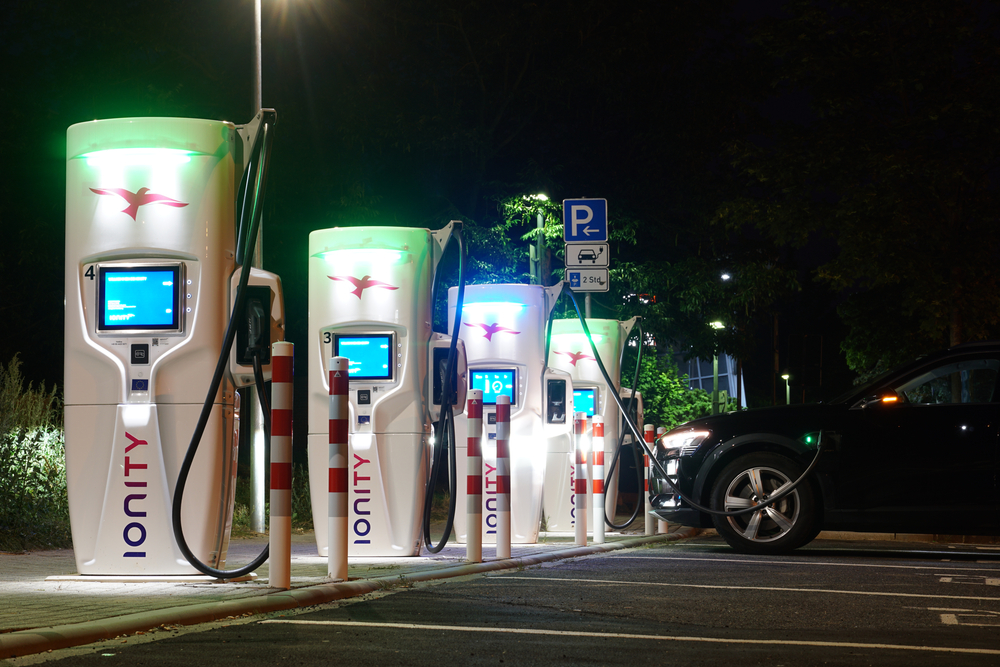
The availability of charging stations lags behind the number of gas stations, which can be inconvenient for EV owners. Although urban areas may have ample charging points, rural and remote regions often lack sufficient infrastructure, making it challenging to find a charging station when needed. This limitation can cause range anxiety and inconvenience, particularly during long-distance travel.
Long Charging Times

Refueling a gasoline car takes only a few minutes, but charging an EV can take anywhere from 30 minutes to several hours, depending on the charging speed and battery capacity. Fast chargers can significantly reduce this time but are not as widely available as standard chargers. This extended downtime can be a significant inconvenience for drivers in a hurry or those without access to fast charging stations.
Battery Degradation
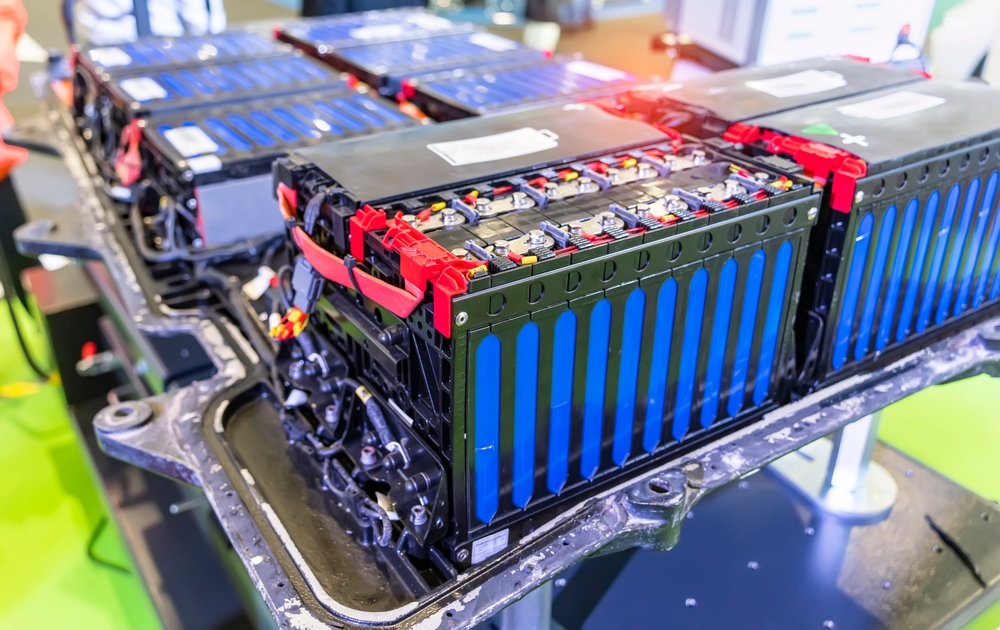
Over time, an EV’s battery capacity diminishes, reducing its range and efficiency. Factors such as frequent fast charging, extreme temperatures, and regular deep discharges can accelerate this degradation. For example, a battery that initially offers a 300-mile range might only provide 250 miles after several years of use, necessitating more frequent recharges and reducing overall convenience.
High Battery Replacement Costs

When an EV battery eventually needs replacement, the cost can be substantial, often running into several thousand dollars. This expense can negate some of the savings gained from lower fuel and maintenance costs, making long-term ownership more costly than anticipated. For instance, replacing the battery in a Chevrolet Bolt can cost upwards of $10,000, which is a significant investment.
Limited Model Variety
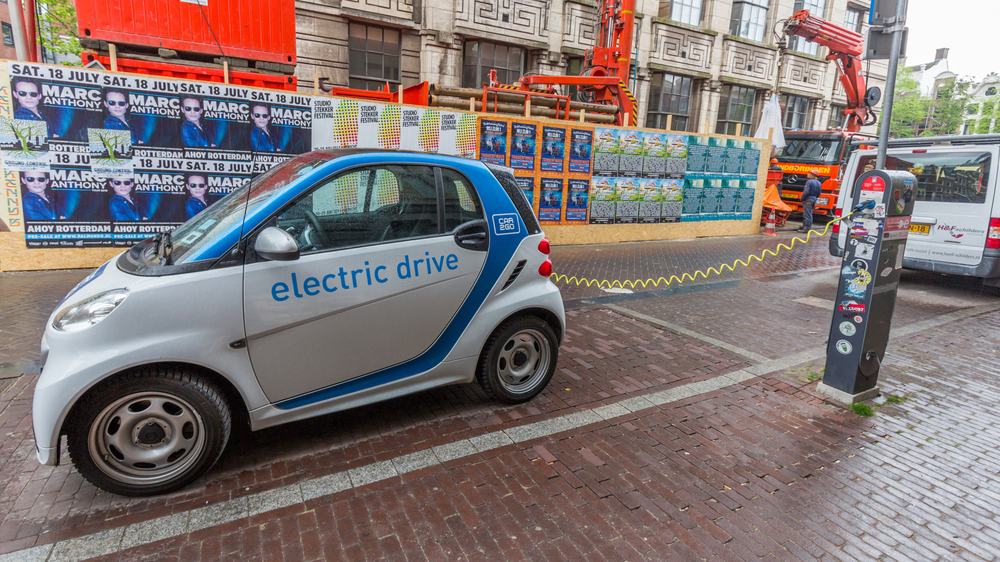
The variety of EV models available on the market is still limited compared to traditional vehicles. Consumers looking for specific features, styles, or performance levels might find fewer options in the EV segment. This limitation can make it challenging to find an EV that perfectly matches individual preferences and needs.
Resale Value Concerns

The resale value of EVs can be uncertain due to rapid technological advancements and concerns about battery life. As newer models with better ranges and features are released, older EVs can depreciate quickly. Buyers might be hesitant to purchase used EVs due to potential battery degradation and the high cost of replacement, leading to lower resale values.
Cold Weather Performance
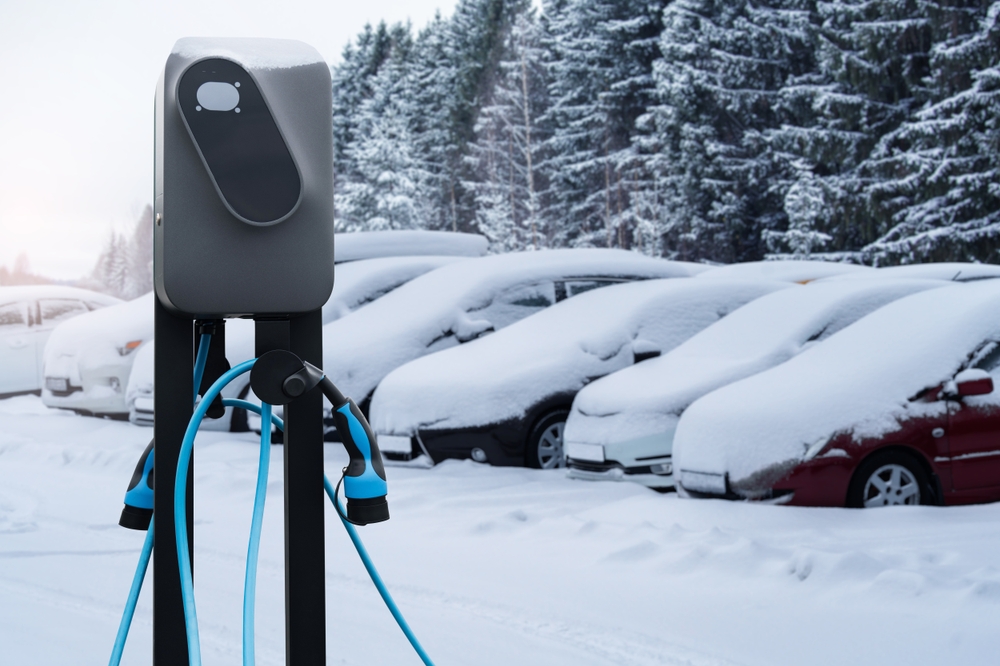
EVs can experience reduced range and efficiency in cold weather conditions. Low temperatures can slow down the chemical reactions in the battery, resulting in decreased performance. For example, a vehicle that offers 250 miles of range in mild weather might only deliver 180 miles in freezing temperatures, impacting its practicality for drivers in colder climates.
Towing Capacity
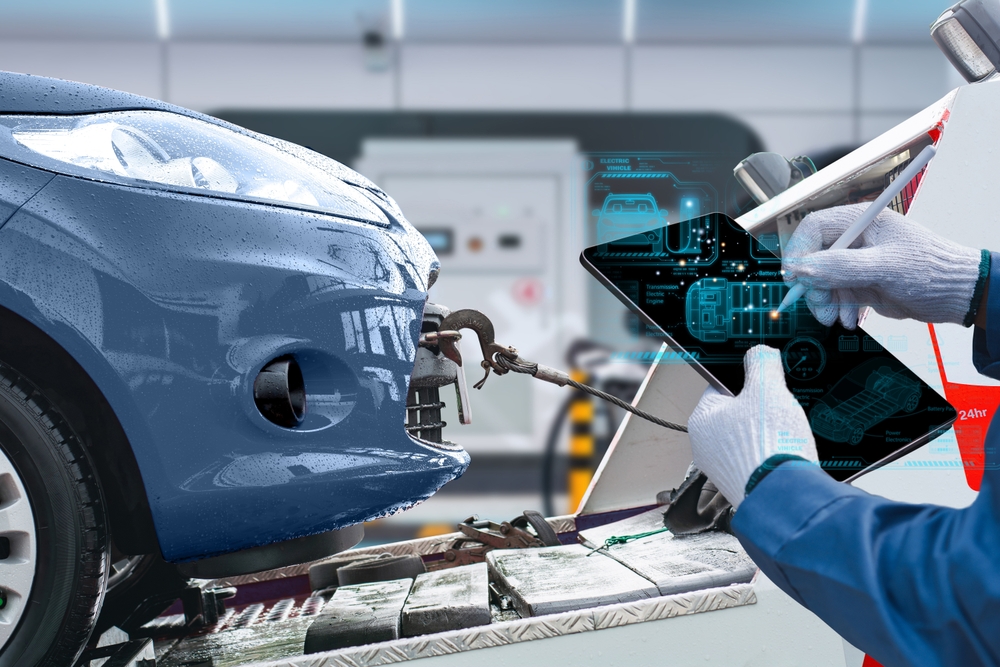
Many EVs have limited towing capacities compared to traditional trucks and SUVs. The additional weight and power required for towing can significantly reduce the vehicle’s range and performance. For instance, while a gasoline-powered truck might tow a heavy trailer with ease, an EV equivalent could struggle to manage the same load without frequent recharges.
Heavy Weight
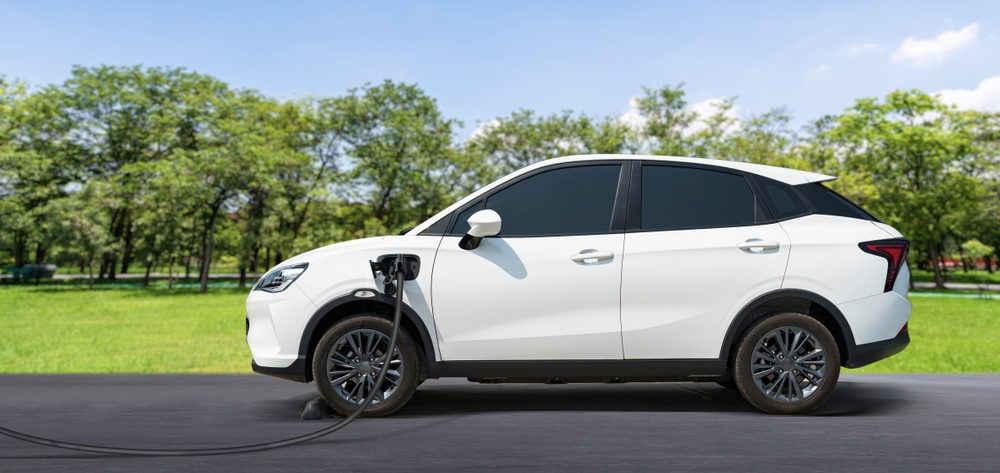
The large batteries in EVs contribute to their overall weight, which can affect handling, acceleration, and braking performance. This added weight can also impact the wear and tear on tires and suspension components, potentially leading to higher maintenance costs over time.
Higher Insurance Costs

Insurance premiums for EVs can be higher due to the expensive components and advanced technology used in these vehicles. Repairing or replacing parts, especially the battery, can be costly, leading insurance companies to charge higher rates to cover potential claims. This can offset some of the savings from lower fuel and maintenance costs.
Limited Repair Options
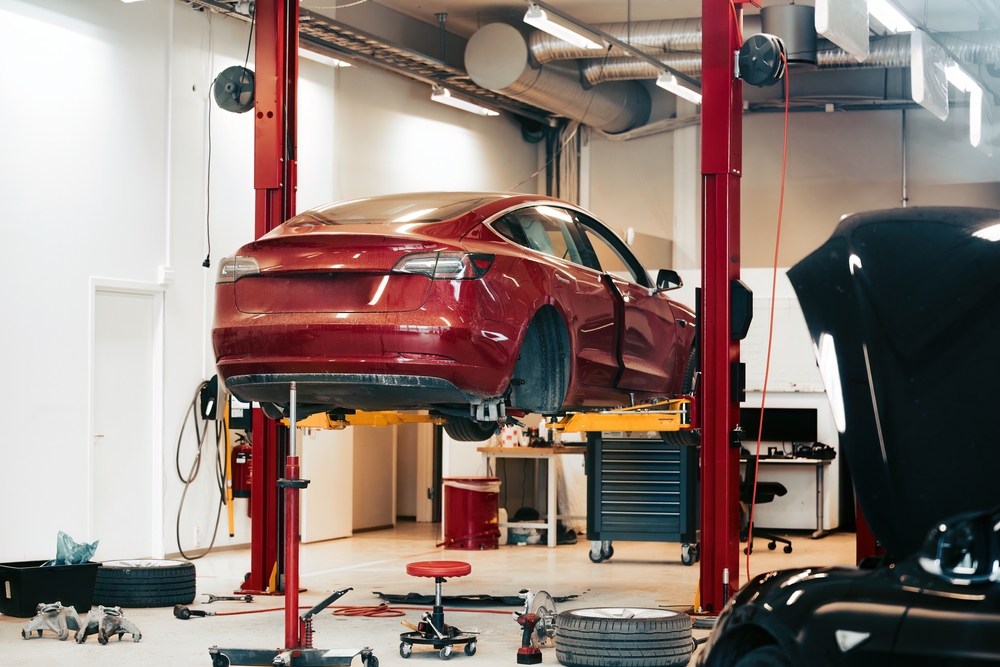
Finding qualified mechanics and parts for EV repairs can be more challenging and costly. Many traditional auto repair shops may not have the necessary training or equipment to service EVs, requiring owners to visit specialized or dealership service centers, which can be more expensive and less convenient.
Range Anxiety
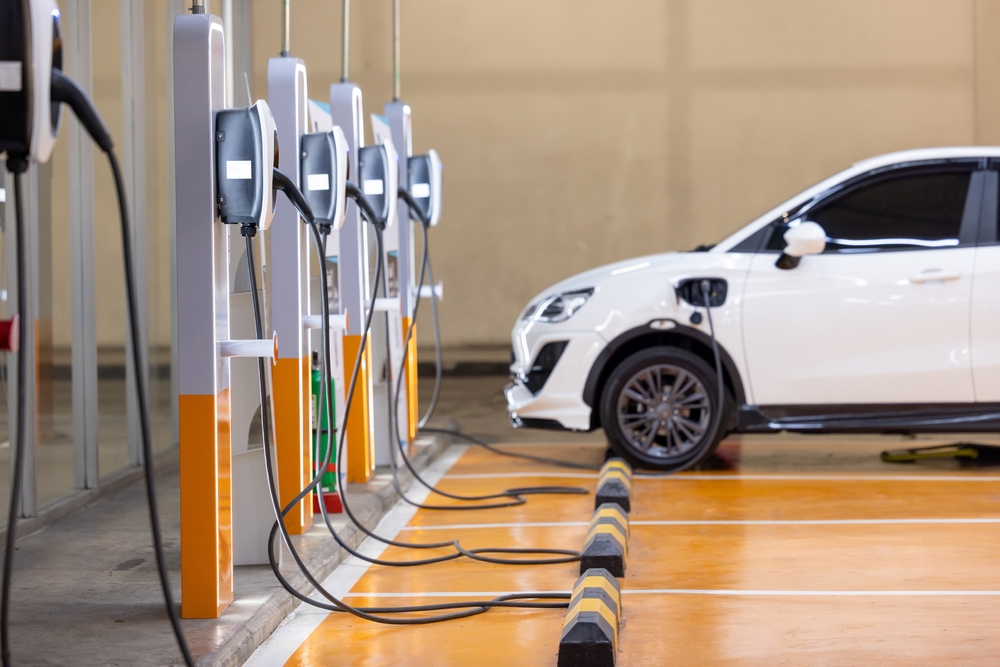
Range anxiety refers to the fear of running out of battery power before reaching a charging station. This concern can be particularly stressful on longer trips or in areas with limited charging infrastructure. Even with careful planning, unexpected detours or delays can exacerbate this anxiety, making some drivers hesitant to fully embrace EVs.
Grid Dependency
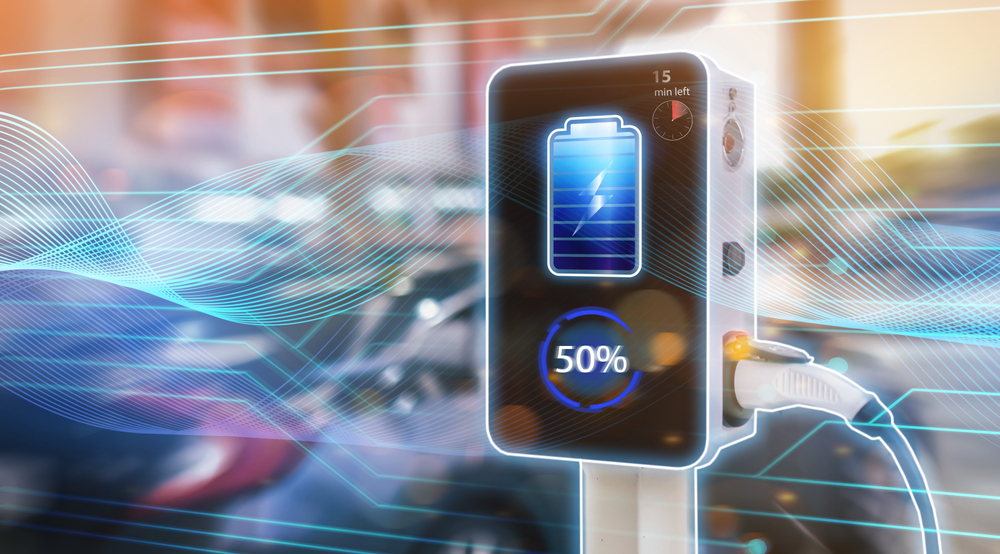
EVs rely on the electricity grid for charging, which can be problematic during power outages or in areas with unreliable electricity supply. Natural disasters, grid failures, or even scheduled maintenance can leave EV owners stranded without a way to recharge their vehicles, highlighting the need for robust and resilient infrastructure.
Environmental Impact of Battery Production
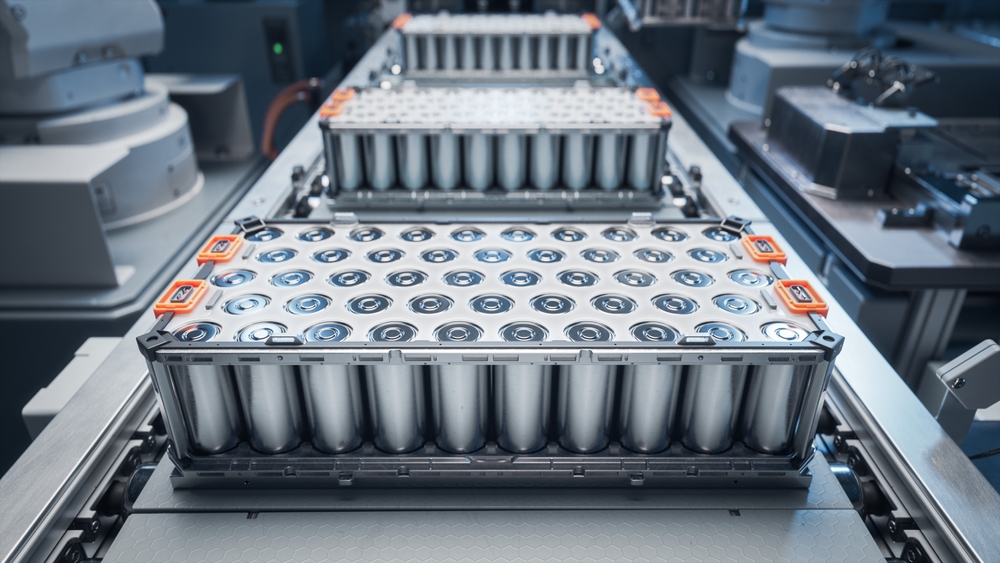
The production of lithium-ion batteries has significant environmental impacts, including the extraction of raw materials like lithium, cobalt, and nickel. Mining these materials can lead to habitat destruction, water pollution, and human rights concerns in some regions. While EVs produce fewer emissions during their use, their production process can offset some of these environmental benefits.
Recycling Challenges

Properly recycling EV batteries is complex and not yet widely available. The current infrastructure for battery recycling is limited, and the process can be costly and energy-intensive. Ensuring that old batteries are safely and efficiently recycled is crucial for minimizing the environmental impact of EVs.
Software Updates
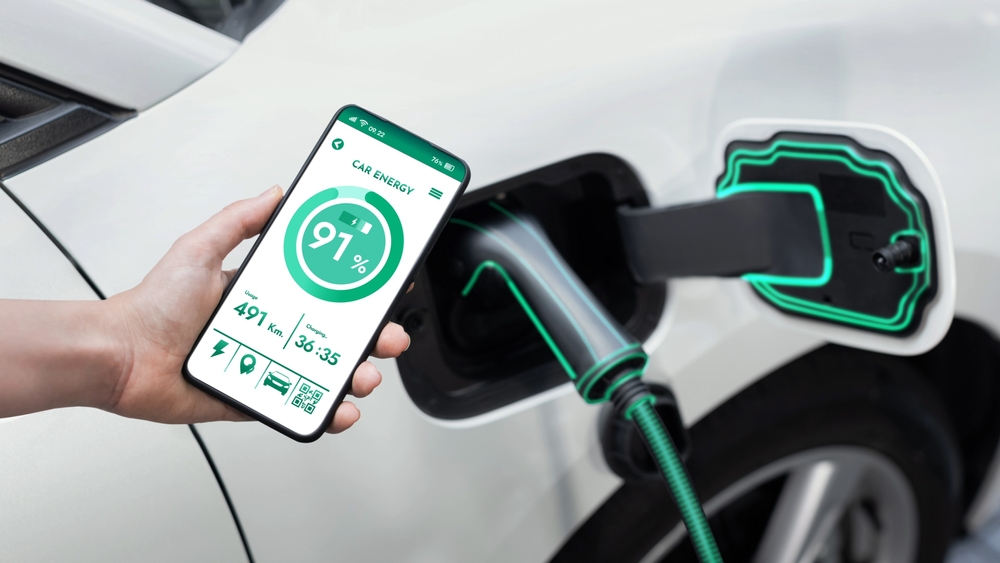
EVs often require regular software updates to improve performance, fix bugs, and enhance features. While these updates can be done over-the-air, they can sometimes cause issues or require a trip to the dealer. Unexpected software glitches or compatibility problems can be frustrating for owners who expect their vehicles to function seamlessly.
This article originally appeared in MyCarMakesNoise.
More from MyCarMakesNoise
15 Prestige Cars Popular Among Wealthy Americans and Their Prices
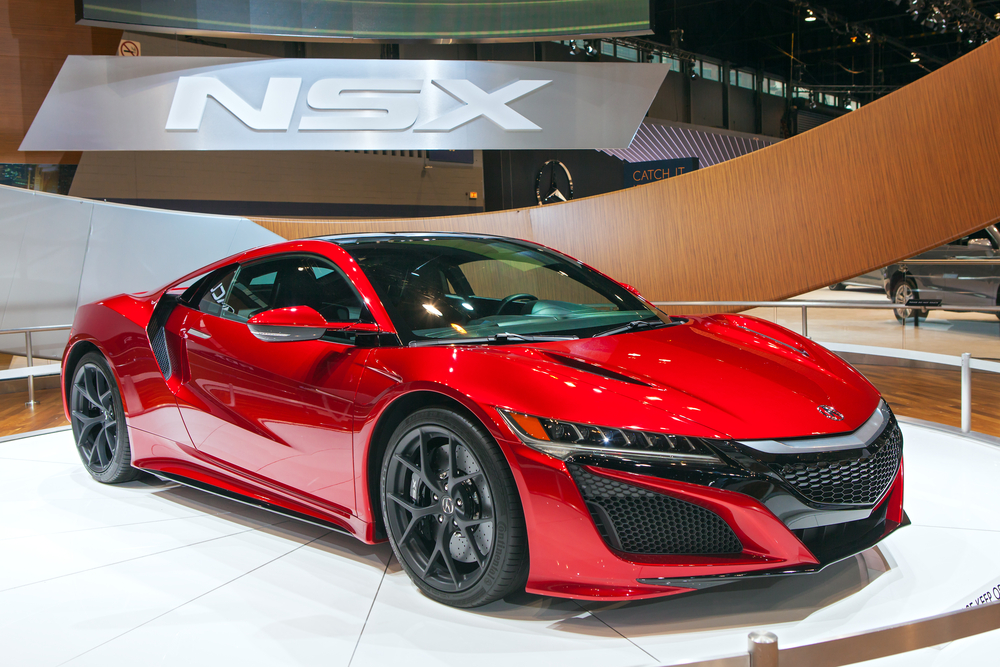
Wealthy Americans often pick cars that are not only luxurious and fast but also equipped with the latest technology. In this look at some of their top choices, we’ll find out why these cars are favorites and how much they cost. Read More.
25 Rare Supercars That Define Luxury and Exclusivity
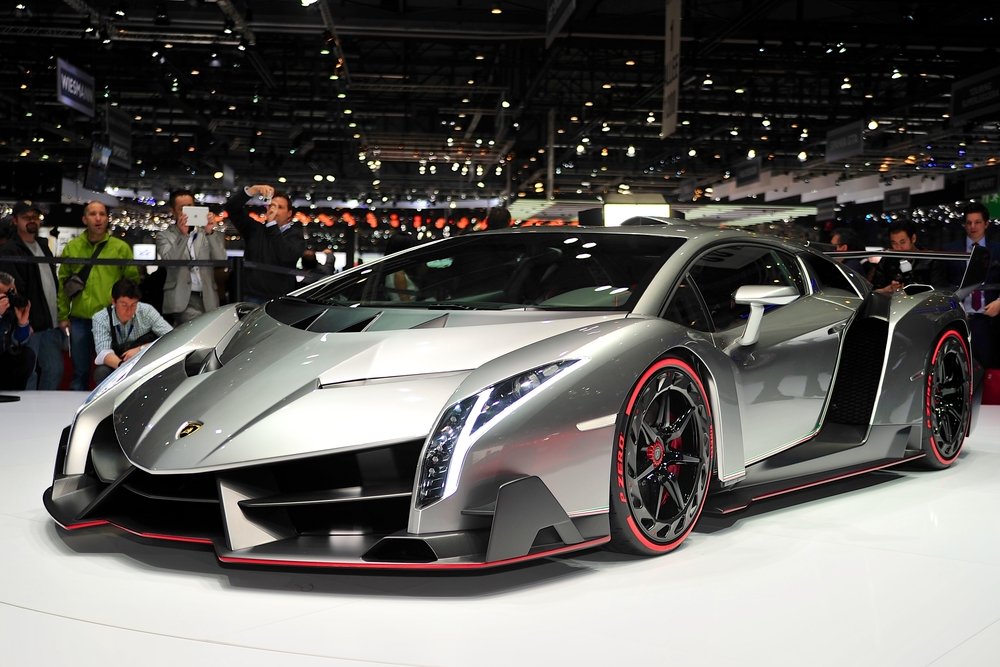
For car enthusiasts and collectors, nothing beats the allure of rare supercars that epitomize luxury and exclusivity. These extraordinary vehicles are more than just modes of transportation; they are masterpieces of engineering and design, each with a unique story and unparalleled performance. Read More.
13 Trucks That Set the Standard for Modern Freight Transport

Freight transport has come a long way, thanks to the ingenuity and power of some legendary trucks. These trailblazing vehicles not only revolutionized the industry but also set new standards for efficiency, reliability, and innovation. Read More.

